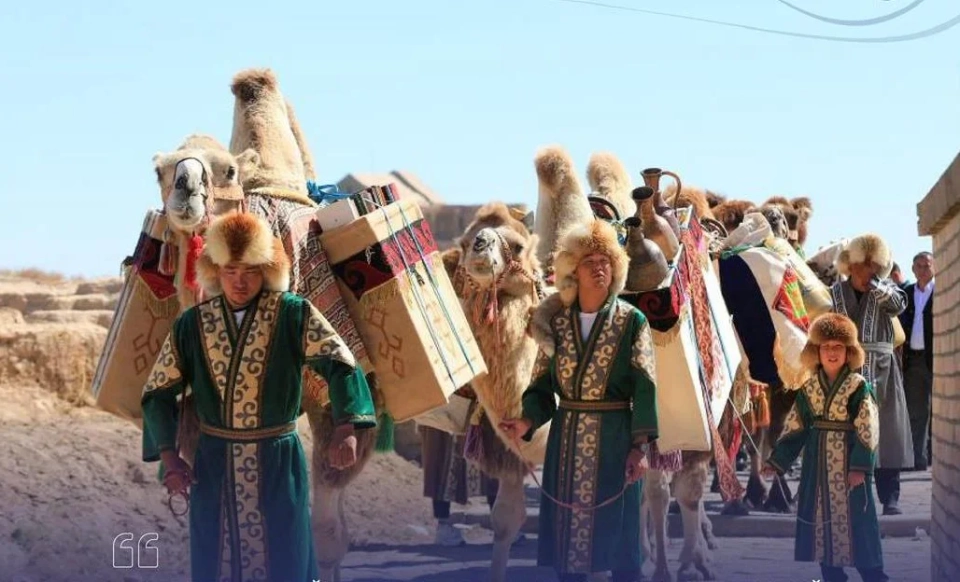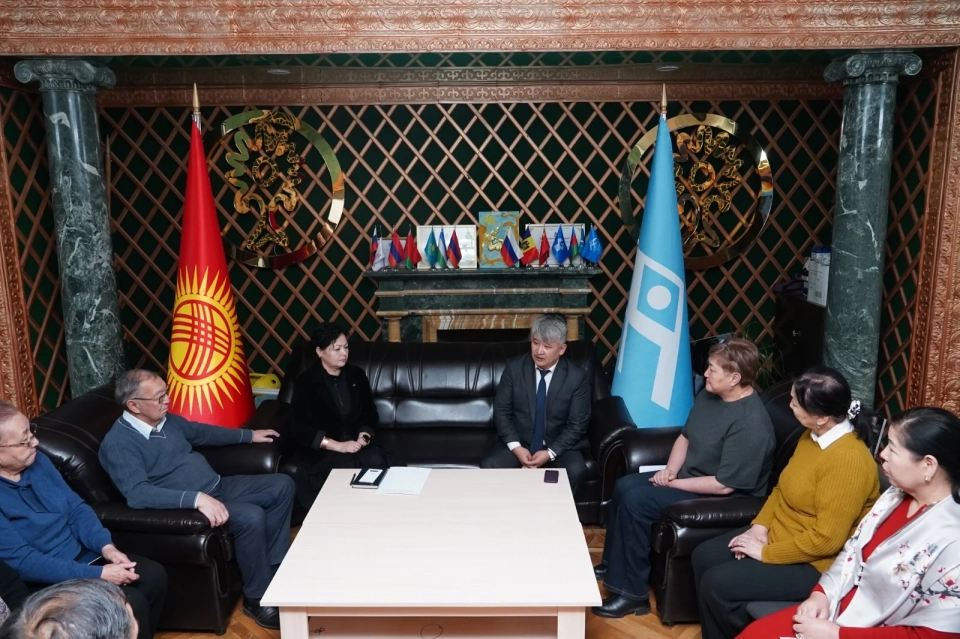"Resource Dependency". Analysts Explain Why Abundant Natural Resources Do Not Guarantee Prosperity
Analysts conducted a study regarding the impact of commodity trade on the slowdown of economic growth in various countries. These findings are presented in the report of the Eurasian Development Bank (EDB) for 2025. As part of the work, the authors analyzed the relationship between commodity trade conditions and the risk of economic growth slowdown, relying on the concept of the "Middle Income Trap".







